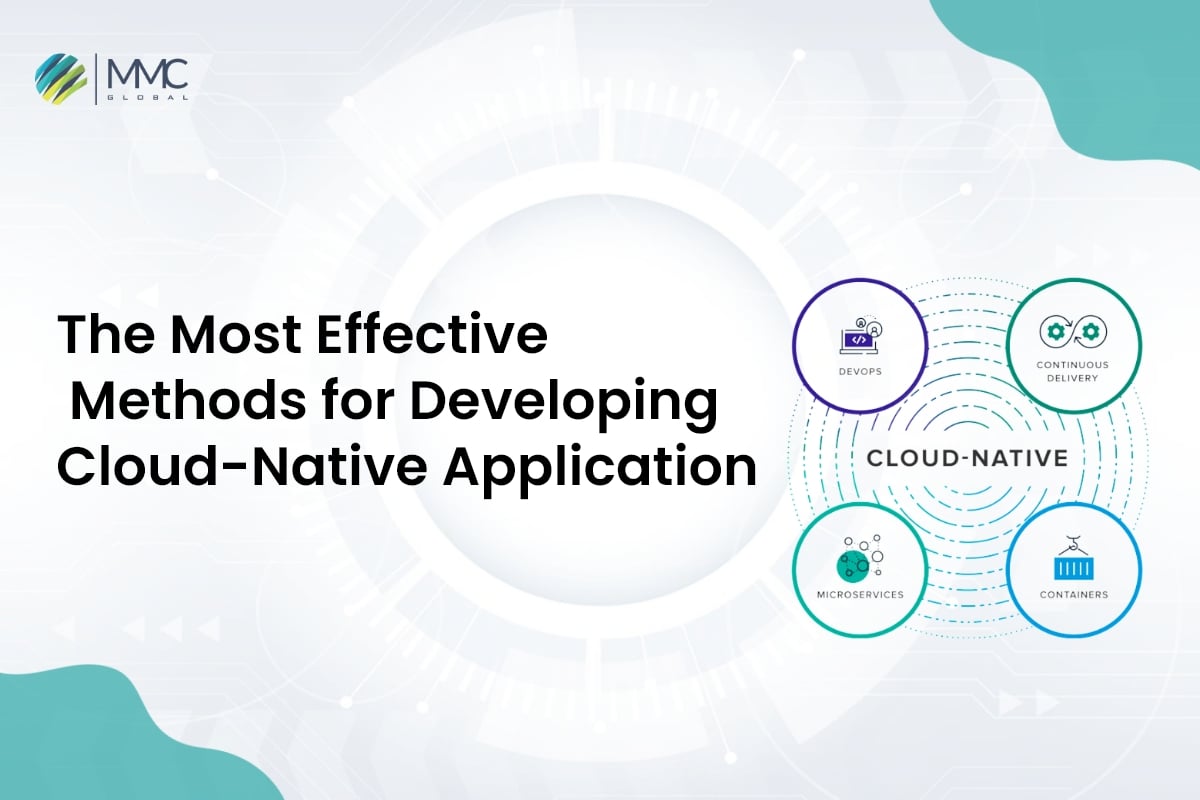The Most Effective Methods for Developing Cloud Native Application


While cloud-native apps provide enterprises with advantages such as mobility and resource efficiency. However, if they do not configure appropriately, they might cause infrastructure harm. The number of cloud native application developers has exploded. According to Developer Economics’ study from 2021, worldwide cloud-native application developers have risen to 6.8 million. The market for cloud native applications has expanded rapidly due to various advantages. These applications provide granular benefits, mobility, and resource efficiency. However, they are frequently too tough to maintain as well as protection.
Today’s cloud-native software developers should work to minimize their shortcomings while leveraging their strengths. When designing cloud-native applications, they should follow best practices. These might range from selecting good design patterns to building security into the program from the start to avoid problems later.
Effective Method For Successful Cloud-Native App Development
While developing cloud-native applications, IT firms should consider the following strategies:
Keep an eye out for vendor lock-in
A cloud-native program should be able to function in any IT environment and not be reliant on any other platform. However, to gain the benefits of cloud native application mobility, IT companies should cease using services linked to a single vendor. Instead, they should guarantee that cloud-native apps do not rely on a specific vendor service or feature to function in their environment. Simultaneously, they should avoid using PaaS technologies that allow developers to design and deliver apps to a particular cloud or host environment.
Select the appropriate design pattern
When it comes to developing a cloud native application, today’s developers have many options. The most frequent design patterns for cloud-native apps are sidecar, event-driven, CQRS, and Gatekeeper.
Many different design patterns may be used by cloud-native developers simultaneously, and they are not mutually incompatible. When determining whether or not to apply the design pattern, they should think about how it would represent the application’s usage objectives and the organization’s priorities.
Integrate security While developing cloud native app
The rising security flaws of cloud products and services have highlighted that failing to take the proper security precautions may expose businesses to various cyberattacks. Only integrating it after the program has been built may prohibit cloud-native developers from fixing problems from the start.
Organizations should set rules to assure secure cloud native application development to deal with it successfully. These should include planning, deploying protected application authentication, and developer best practices to minimize developers from designing business functionality and then coping with authentication later.
They should endeavor to make application data as secure as possible. It covers both data stored within the program and data hosted outside. Organizations should implement data encryption and access control across several storage sites.
Have the flexibility of deploying on-premises
Cloud-native apps aren’t limited to the cloud; they may also run on-premises. On-premise installations are often a good alternative since they have a cheaper total cost of ownership than hosting an application in the cloud. For some use scenarios, on-premises security and data privacy protections may be superior to those available in the public cloud. As a result, cloud-native developers should create apps that can operate flawlessly wherever while creating their applications.



